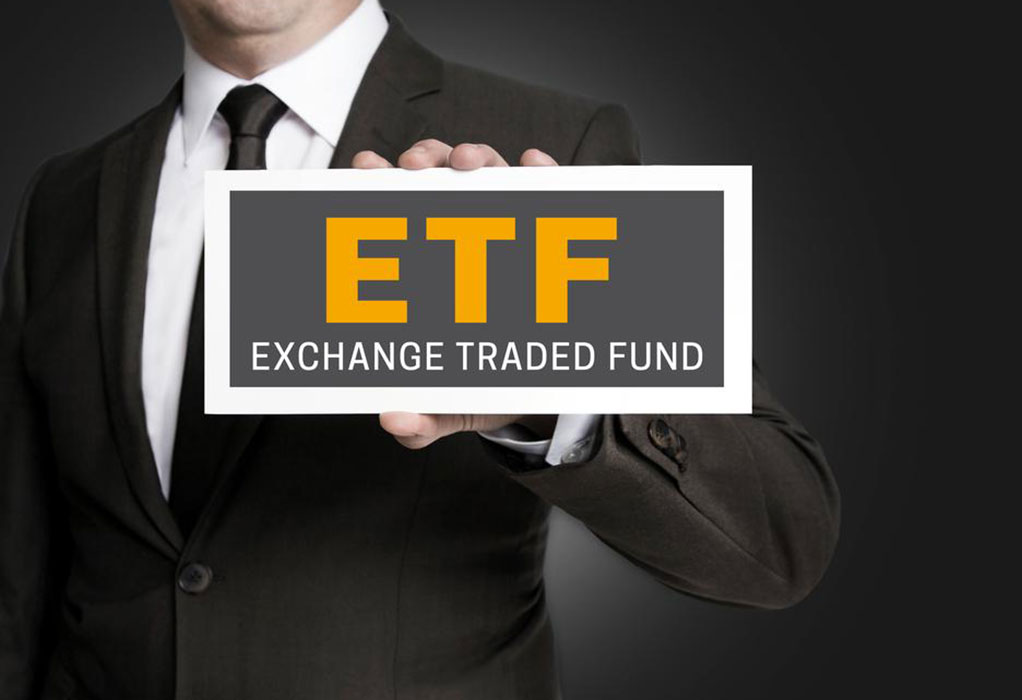Comprehensive Guide to Top Fixed Income Funds for 2016–2017: Leading Performers and Strategic Insights
Explore the top fixed income funds from 2016–2017, including strategies and performance insights. This detailed guide covers ETFs and bond funds specializing in high-yield, emerging markets, and interest rate hedging, providing valuable information for investors seeking reliable income streams and diversified fixed income exposure during this period.

Leading Fixed Income Investment Funds of 2016–2017: In-Depth Review
Investors seeking stable income streams and capital preservation have increasingly turned their attention to fixed income assets. These securities, characterized by predictable interest payments and relatively lower volatility compared to equities, form a core component of diversified investment portfolios. The universe of fixed income investments extends beyond individual bonds to include money market funds, certificates of deposit (CDs), bond mutual funds, and exchange-traded funds (ETFs) dedicated to fixed income securities. These pooled funds offer diversified exposure across various regions, credit qualities, maturities, and sectors, providing an accessible avenue for investors to participate in the fixed income market during trading hours.
Between 2016 and 2017, several fixed income funds distinguished themselves by delivering impressive returns and strategic positioning, adapting to changing interest rate environments and global economic developments. This comprehensive overview highlights the top performers in this category, offering insights into their investment strategies, risk profiles, and potential benefits for investors seeking reliable fixed income options.
VanEck Vectors Fallen Angel High-Yield Bond ETF (ANGL)
The VanEck Vectors Fallen Angel High-Yield Bond ETF is a noteworthy fund focusing on bonds that were initially rated investment grade but subsequently downgraded to junk status, often referred to as "fallen angels." The fund's strategy centers on identifying these distressed credits, which may be undervalued, and capitalizing on potential upward upgrades that can lead to significant price appreciation. By investing primarily in U.S. dollar-denominated bonds, with some exposure to non-U.S. issuers, ANGL offers a diversified basket of high-yield distressed debt. However, investors should be aware of the inherent credit risks and interest rate sensitivities associated with high-duration assets, which can lead to volatility in adverse market conditions.
ProShares High Yield-Interest Rate Hedged ETF (HYHG)
The ProShares HYHG fund presents a sophisticated approach to managing interest rate risk while maintaining exposure to high-yield bonds. Its investment strategy involves shorting U.S. Treasuries across various maturities, effectively hedging against potential rate increases, while simultaneously holding long positions in high-yield corporate bonds issued within the last five years in both the U.S. and Canada. This dynamic balance aims to provide high current income without the adverse impact of rising interest rates. Nonetheless, investors should consider the fund’s focus on higher-yield assets and the limited trading volume, which could affect liquidity and execution efficiency during volatile periods.
Guggenheim BulletShares 2022 High Yield Corporate Bond ETF (BJSM)
Designed to target bonds maturing in December 2022, the Guggenheim BulletShares ETF serves as an effective tool for fixed income investors constructing ladder strategies. As bonds approach their maturity date, their yields and durations decline, aligning with the fund’s goal of capital preservation and predictable income. This targeted maturity approach allows investors to plan their cash flows and manage interest rate exposure proactively. With reasonable management fees, BJSM provides a convenient way to access a diversified portfolio of high-yield U.S. corporate bonds, making it especially suitable for investors with a specific investment horizon.
AdvisorShares Peritus High Yield ETF (HYLD)
The HYLD fund targets high current income and capital growth by investing primarily in junk bonds, high-yield loans, and securities across various sectors without strict diversification mandates. It sometimes employs leverage or inverse ETFs to hedge downside risk or enhance income generation. Due to its concentrated holdings and higher expense ratios, HYLD entails risks associated with sector-specific downturns and liquidity constraints. Investors considering this fund should have a higher risk tolerance and a long-term investment horizon to cushion against market fluctuations.
VanEck Vectors Emerging Markets High Yield Bond ETF (HYEM)
This emerging markets-focused fund tracks bonds issued by companies in developing countries rated below investment grade—primarily in U.S. dollars to reduce currency risk for U.S. investors. The fund's holdings include around 350 bonds issued by entities in nations such as Brazil, the Philippines, and other emerging economies. These bonds typically carry higher spreads, offering attractive yields, but also come with wider liquidity spreads, higher operational costs, and increased volatility due to geopolitical and economic factors. HYEM provides a pathway to diversify fixed income holdings into high-yield emerging market debt, balancing potential high returns with substantial risk.
In conclusion, the 2016–2017 period saw a dynamic landscape in fixed income investments, with funds employing various strategies to capitalize on market opportunities while managing risks. From distressed bonds and interest rate hedging to targeted maturity products and emerging market debt, investors had access to a wide array of options tailored to different risk profiles and income objectives. Navigating this landscape requires understanding each fund’s investment approach, risk factors, and market conditions, enabling investors to build resilient fixed income portfolios adaptable to changing economic environments.




